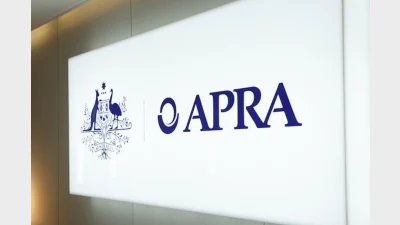Average cost of super fund comprehensive advice – $2,000 - $2500



Superannuation funds can deliver comprehensive advice for an average of around $2,500 a member and intra-fund advice can be delivered for as little as three cents per member per year.
The financial adviser community has been granted a rare glimpse of what financial planning actually costs within superannuation fund structures, thanks of questions pursued via the House of Representatives Standing Committee on Economics Review of the Banks, Insurers and Superannuation funds.
An examination of answers provided to the committee by First State Super, HESTA and Equip Super has revealed that, in the case of First State Super, which no longer employs advisers directly under it license, it spent $1.9 million on the provision of intra-fund advice which equated to an average cost to members of 3 cents.
This compares to Equip Super which estimated that the average cost of advice apportioned to individual fund members was $8.07 and HESTA which estimated the cost at being 1.19 cents per member.
HESTA revealed that the average per fund member cost of comprehensive advice in 2018/19 was $2,043 up from $1,9191 five years’ earlier.
HESTA said the cost of general advice in 2018-19 had been just over $4.3 million, equating to $5.17 per member.
First State Super made the point that it was no longer directly employing advisers but, in answer to question about the aggregate value of bonuses provided for intra-fund advice, and the average per adviser it provided the following table.
Recommended for you
The super fund has launched Retirement Manager, a digital advice tool helping members plan income, spending, and retirement confidence with integrated support.
APRA has warned retail super trustees that financial adviser involvement in recommending platform products does not diminish their obligations, as regulators turned the spotlight on the Shield Master Fund and First Guardian Master Fund during a meeting with fund CEOs.
AMP’s chief economist has unveiled a wish list for the Australian government’s Economic Reform Roundtable.
Australian retirees could increase their projected annual incomes between 3 and 51 per cent by incorporating personal and household data into their retirement income strategies, according to new research.









